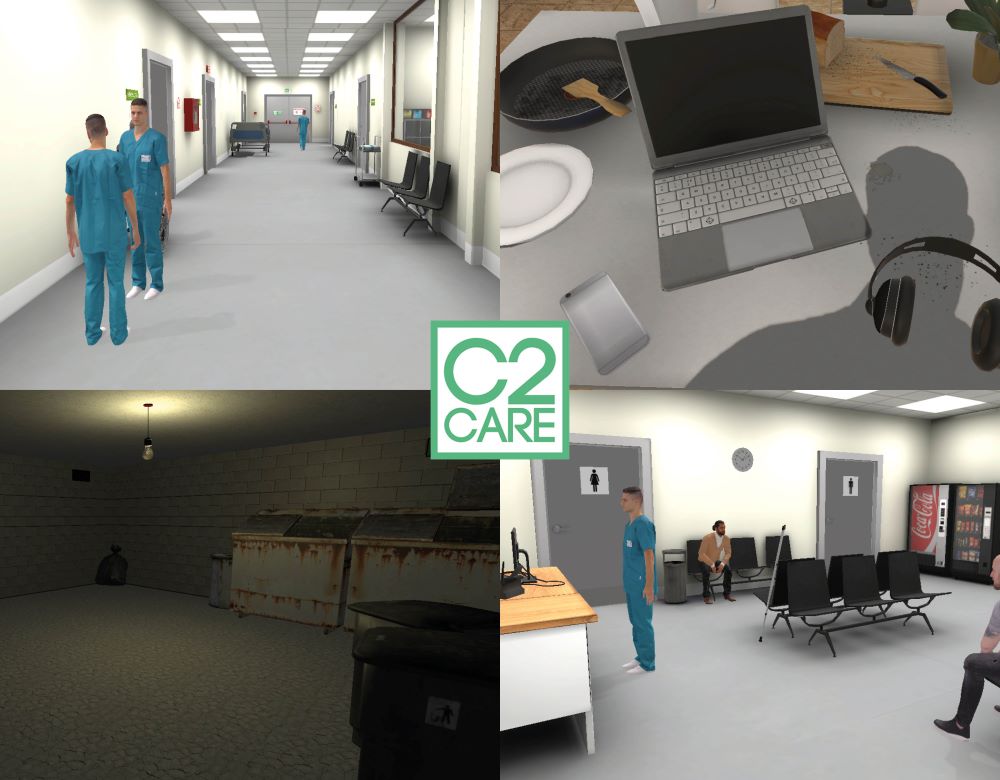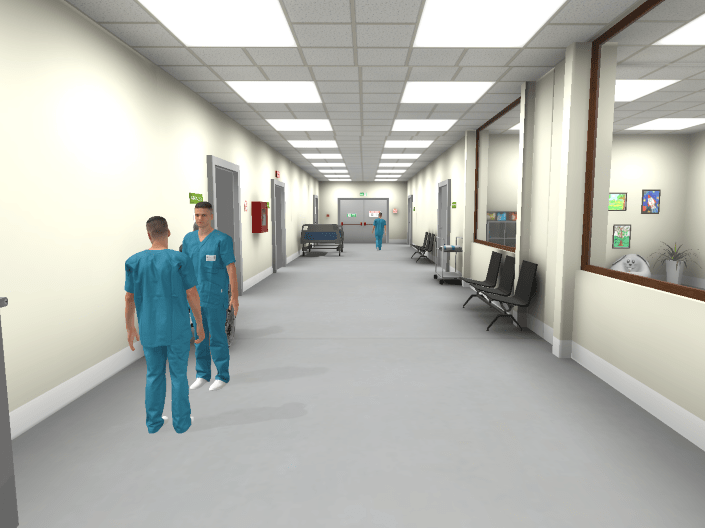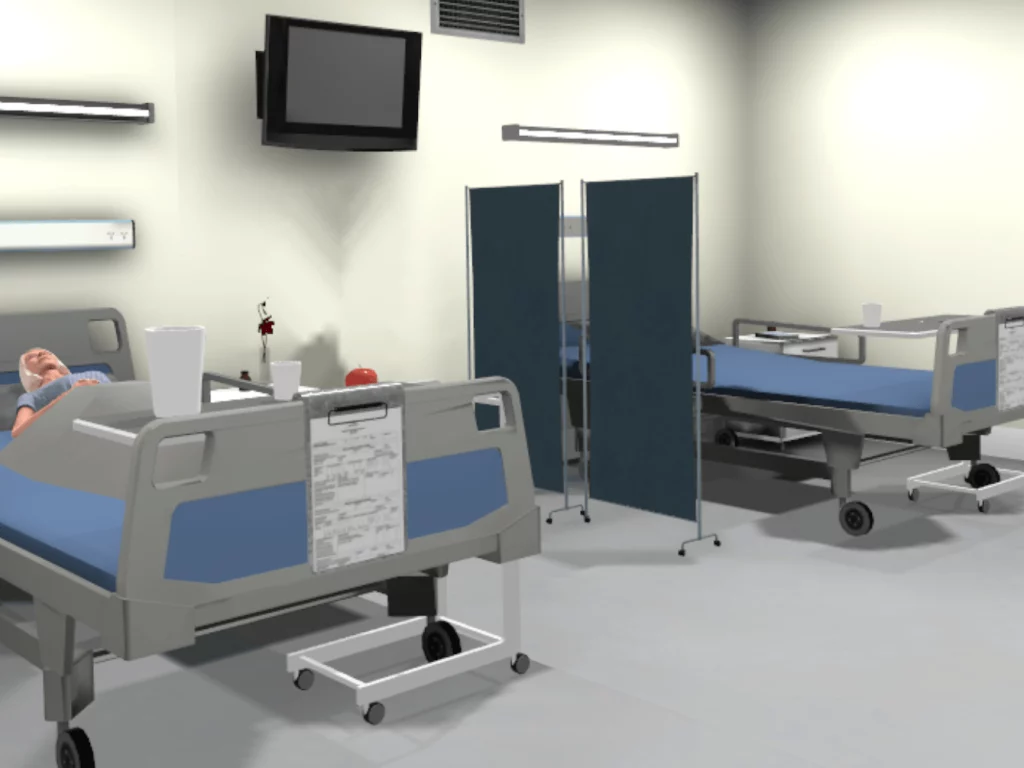VIRTUAL REALITY TO OVERCOME OCD
For more than 30 years, virtual reality exposure therapies have been proven effective in the treatment of anxiety disorders such as obsessive-compulsive disorder. Gradual and progressive exposure to virtual reality can desensitise you and significantly reduce your anxiety.
« Virtual reality is 80% effective, with benefits that are maintained for more than a year after treatment. » Eric Malbos, Doctor Psychiatrist
C2Care, the world leader in therapeutic virtual reality (VR) since 2015, now allows you to expose yourself from your home. If you are followed by a psychologist, he will accompanies you in your treatment using cognitive behavioural therapies (CBT) and virtual reality exposure to overcome your disorder.

More than 1000 patients already treated, be next!
VIRTUAL REALITY ADAPTS TO YOUR PHOBIA

HOSPITAL
Hospital environments can be a source of great anxiety for some people, particularly those suffering from OCD on the side of obsession with contamination or dirt. So often, in the avoidance of this type of place, virtual reality will allow you to confront the hospital world again.
Your therapist takes you to different departments : general practitioner, MRI, room, dentist or recovery room; while having the possibility of adding unexpected events such as a person vomiting in the toilet.
DIRT
OCD about contamination and dirt is one of the most common OCDs found in the general population.
Thus, in therapy, thanks to virtual reality, your psychologist will be able to expose you to environments that awaken this type of obsessive thought in you, in order to gradually increase your anxiety. In particular, you will be able to go into a basement room, with a variable level of dirtiness depending on your anxiety.
Your psychologist will gradually help you to desensitise yourself to this type of environment. He will also be able to expose you in virtual reality to different public transport environments such as the metro, train, bus… by modulating different parameters such as the frequency of use.

HOW DOES IT WORK?
1. I get my headset
You will need to equiped yourself with a compatible virtual reality headset. You will then have an unlimited access to our software : C2Phobia, C2Drive, C2Hypno, C2Brain, C2Custom, and C2Motion.
2. I carry out my sessions
If you are followed by a therapist, you will discuss together your anxiety disorder, in order to understand it and to give you the necessary tools to reduce it. You will be exposed to virtual reality in a progressive manner adapted to your needs.
3. I use my headset autonomously
You will be able to repeat as many times as necessary the exposure to the different situations in order to create a habituation and thus reduce the anxiety related to them.
TESTIMONIALS
Each person tells in their own words about the support they have received and the major changes that have taken place in their lives.
All these testimonies are proof that yes, one’s life can change, and that we are doing everything we can to guide you on the path to that change.

